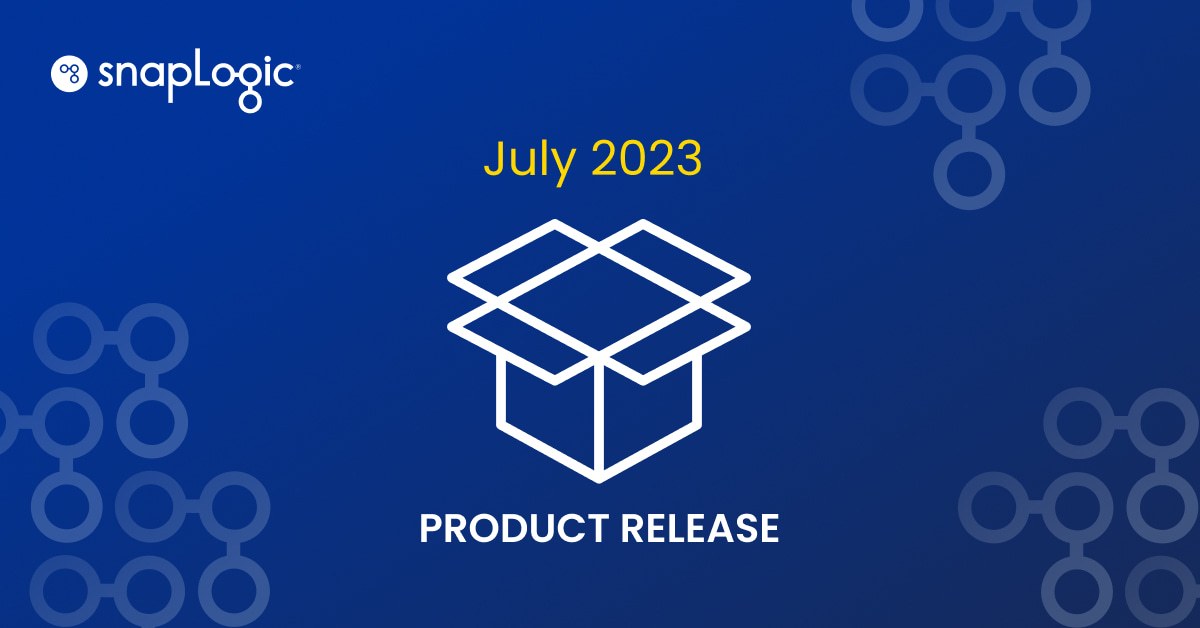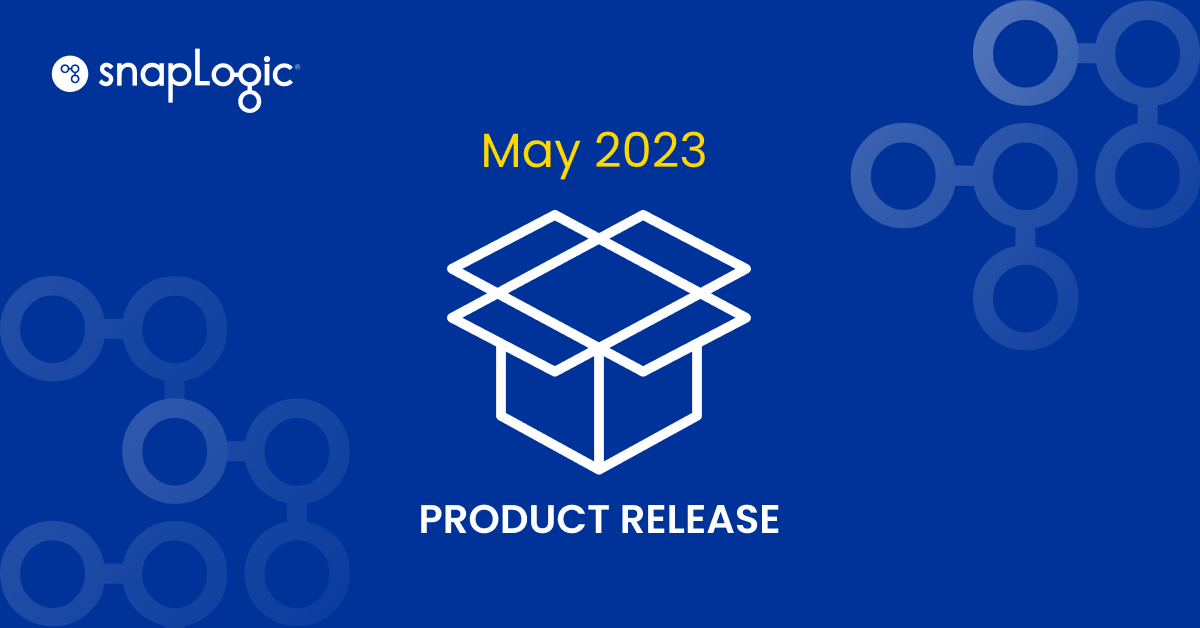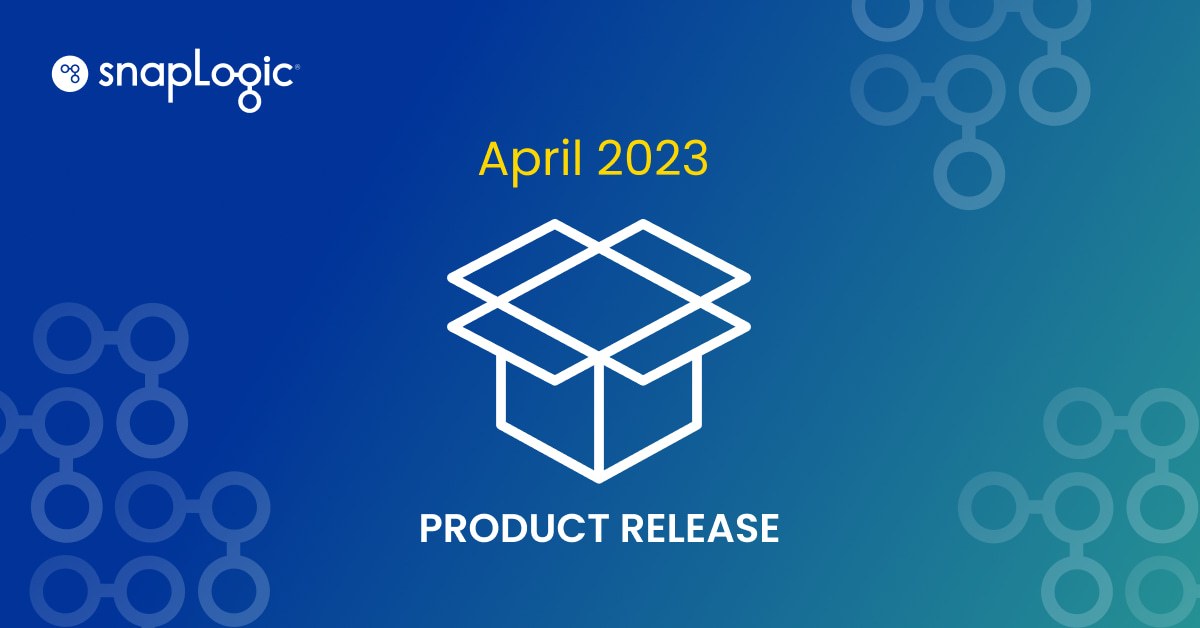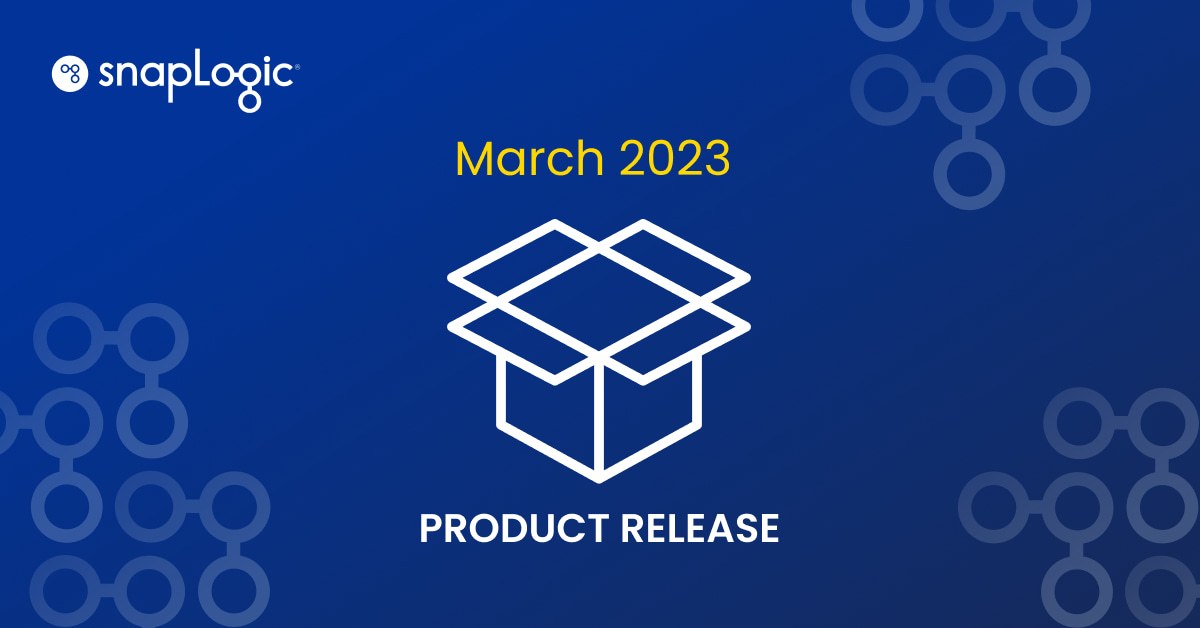The July 2023 release of the SnapLogic platform is here. It improves user productivity for data, app integration, and API management. In this release, we have added new Snaps including Google Analytics 4, improved the platform with OpenTelemetry and autoscaling for low-latency pipelines, enhanced AutoSync with new management features, and bettered our API Management offering with new response policies. Here is a closer look at the critical updates:
Improved usability with Snap updates
In the July release, we introduced the Google Analytics 4 Snap Pack to easily connect to this latest tool for web analytics so that you can get deeper insights into user behavior by creating real-time reports. You can leverage these reports to guide you in your content creation.
We are enhancing the SAP SuccessFactors Snap Pack with better usability with the new Read Advanced Snap. Due to how SuccessFactors API response is set up, previously, the Read Snap could only fetch a fraction of the total data. The response also contained a series of URLs for fetching the remaining data. Now the SuccessFactors Read Advanced Snap fetches all the data associated with the SuccessFactors Read, by recursively calling the URLs. This new Snap saves integration developers valuable development time and allows them to finish projects such as employee onboarding and payroll processing faster.
Another new Snap for PGP Sign allows you to cryptographically sign any file using the PGP encryption algorithm on the SnapLogic platform. PGP Signature allows the receiver to verify the integrity of the received file.
Better observability and improved scale
Many of you use third-party observability tools such as Datadog to monitor and manage your application and middleware systems. In the July release, we are releasing a feature in Private Beta that allows monitoring of Pipeline Execution runtime logs in Datadog using OpenTelemetry.
Another feature that is available in Private Beta for those of you who use our Ultra feature for low-latency and always-running workflows is the ability to autoscale Ultra instances on the execution nodes. With this feature, the system will automatically scale Ultra instances when the queue that feeds requests to them exceeds a certain threshold. This feature improves performance, reduces latency, and improves end-user experience.
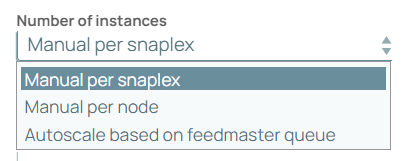
Better manage AutoSync workflows
We have enhanced SnapLogic AutoSync with several new features that improve the management of AutoSync workflows.
You can share your data load workflows with colleagues or groups. Once shared, they can view, view and run, or edit data loads. You can even transfer ownership of a data pipeline that you created so that a business user or a person from the department’s IT team can manage and modify the data load workflow as required.
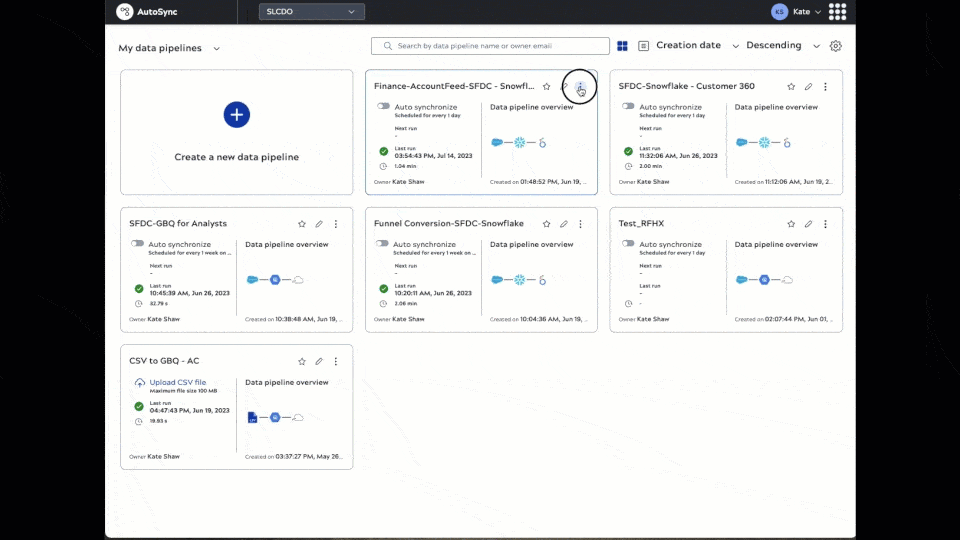
The platform now provides a seamless way to manage Deleted pipelines. They now stay in the trash for 30 days. Data pipeline owners can retrieve or permanently delete their own data pipelines, while org admins can retrieve or permanently delete any data pipelines in the trash.
Better compliance and improved data security with APIM updates
Continued improvements in CI/CD with APIM
We now support Git in the APIM asset view and the API version view. You can now treat API Versions as Git assets. You will have the ability to show Git Commit, Status, and other Git-related actions within APIM. This feature will allow you to better track changes in your managed APIs.
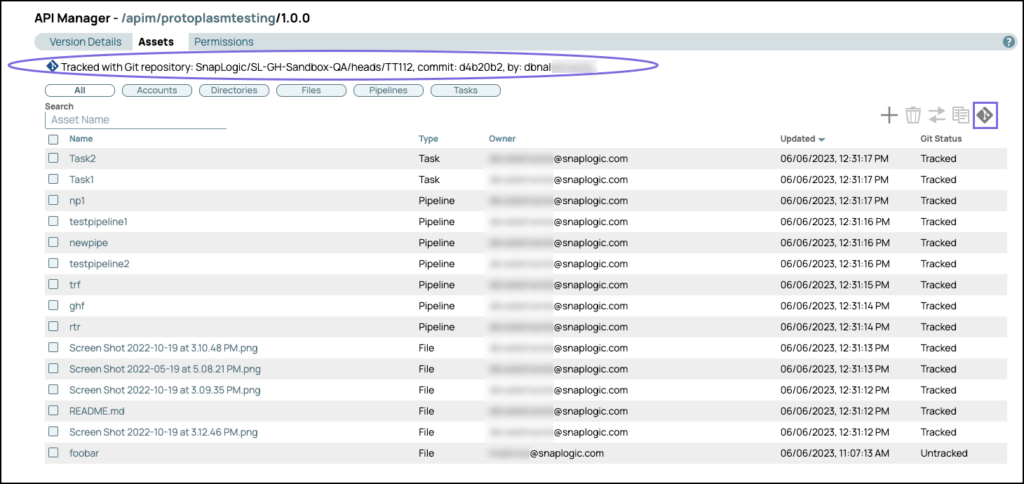
Improved usability, security, and performance with API Response Policies
New API Response Policies have been added to improve the usability, security, and performance of APIs. API Response Policies are beneficial in many different industries, for example:
- A bank might use a response transformation policy to redact sensitive data from account balance information before returning it to a customer
- A retailer might use a response transformation policy to add the current time and location to product listings before returning them to a shopper
- A travel agency might use a response transformation policy to enrich flight information with additional data, such as the weather at the destination airport
Our new response transformer policy provides:
Data normalization: This can be used to standardize the format of the data returned by the API, making it easier for clients to consume. For example, you could use a response transformation policy to convert all dates to a standard format, such as ISO 8601.
Data enrichment: This can be used to add additional data to the response data, such as calculated values or contextual information. For example, you could use a response transformation policy to add the current time to the response data or to look up the user’s location and add it to the response data.
Data security: This can be used to redact sensitive data from the response data, such as credit card numbers or social security numbers. For example, you could use a response transformation policy to replace all credit card numbers with asterisks.
Error handling: This can be used to handle errors that occur in the API and return more user-friendly error messages to the client. For example, you could use a response transformation policy to return a more specific error message when an invalid request is made.
We are also adding Response Mapping policies that allow our clients to comply with industry regulations, such as those governing financial data or healthcare data. Our new response mapping policies enable clients to map data to transform API responses.
To learn more, please check out the release notes or contact the customer success team.







